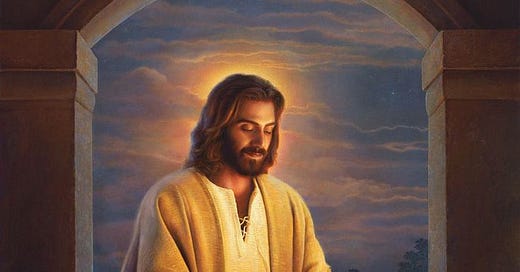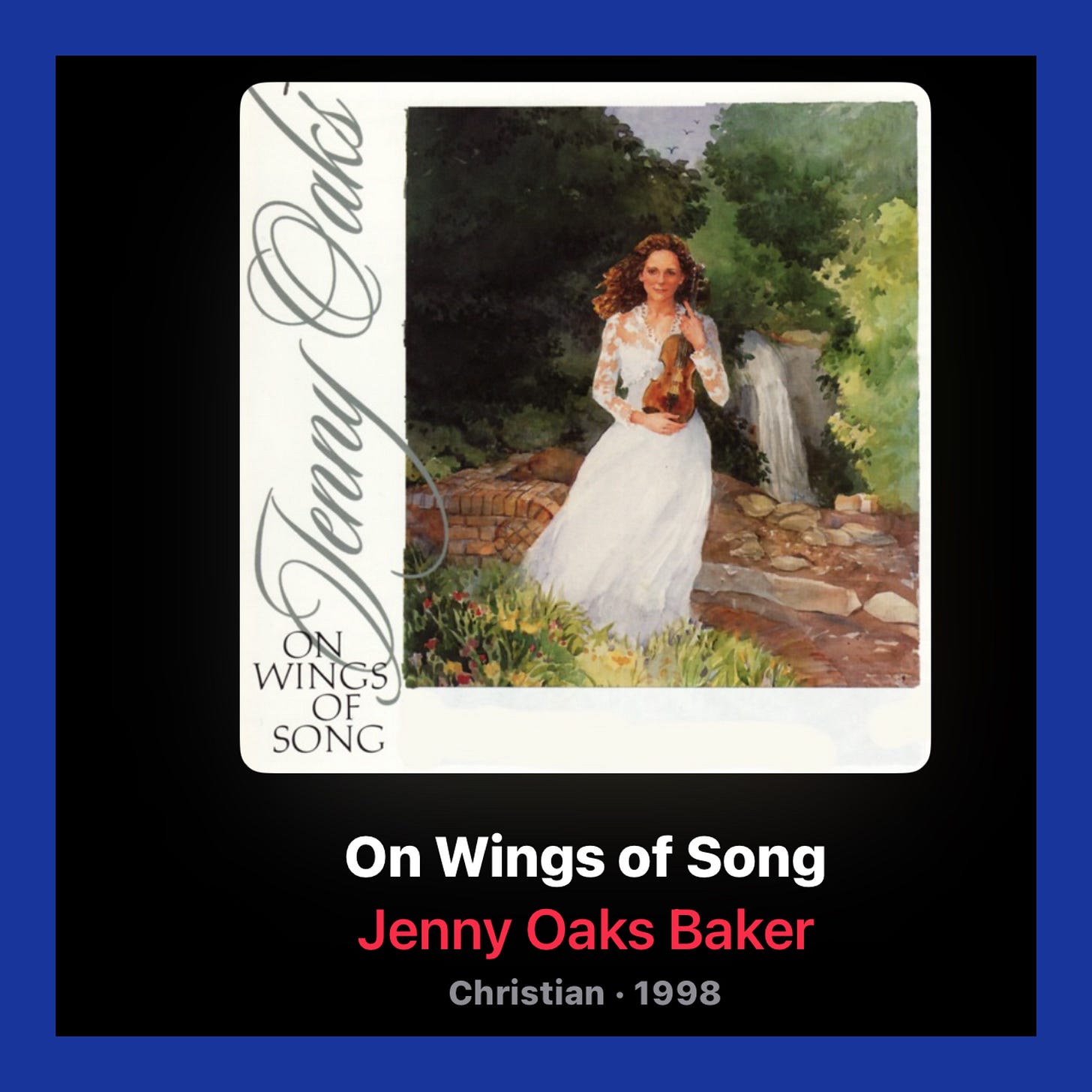Detroit used to burn on Halloween, especially during my teen years in the 80’s.
Jenny Hatch
Oh Divine Redeemer
Ah! Turn me not away, Receive me tho' unworthy;
Hear Thou my cry, Behold, Lord, my distress!
Answer me from thy throne Haste Thee, Lord to mine aid,
Thy pity shew in my deep anguish!
Let not the sword of vengeance smite me,Though righteous thine anger, O Lord!
Shield me in danger, O regard me!
On Thee, Lord, alone will I call.
O Divine Redeemer!
I pray Thee, grant me pardon, and remember not, remember not my sins!
Forgive me, O Divine Redeemer!
Night gathers round my soul;
Fearful, I cry to Thee;
Come to mine aid, O Lord!
Haste Thee, Lord, haste to help me!
Hear my cry!
Save me Lord in Thy mercy;
Come and save me O Lord
Save, in the day of retribution,
From Death shield Thou me, O my God!
O Divine Redeemer, have mercy!
Help me, my Savior!
Quote
Rewind: A history of Devil’s Night in Detroit
Destructive pranks, arson kept the city ablaze on Oct. 30 for decades
Halloween is almost here, and so is Devil’s Night — the night before Halloween infamous for pranks, from toilet-papering to arson.
Destructive pranks associated with the yearly tradition have declined since what seems like a peak in the 1980s and ’90s when novices and professional arsonists were setting homes on fire. There were variations of Devil’s Night around the country, but the level of arson and destruction in Detroit was so unique that people traveled from other states and countries to watch the fires.
Let’s rewind and look at the history of Devil’s Night in Detroit, and the city’s response to the phenomenon.
The roots of Devil’s Night are murky but may have started with a yearly tradition called Mischief Night. The mischief started in 18th century Britain, and by the mid-20th century, pranksters in Detroit had started relatively mild forms of disturbance and destruction around the city on Oct. 30.
The tradition had taken such a sufficient hold by the 1970s that the Free Press published a guide for readers called “How to beat the Devil” and “goblin-proof” their homes. Instructions included tips for how to respond to a variety of Devil’s Night pranks.
It reads: “One popular Detroit goblin trick to beware of: If someone throws lighted paper on your porch, do not rush to stomp it out — there may be animal droppings inside.”
These nuisance pranks became increasingly more destructive over the years. The Free Press reported vandals smashing 99 windows in 72 city buses, vandalizing 84 homes, and eight instances of arson in 1978. The destruction only worsened into the 1980s.
As Detroit’s population declined from its peak in 1950, more homes were left empty. Community groups believed the increased number of vacant homes played a large role in the escalation of dangerous pranks and arson. They criticized Mayor Coleman Young’s administration for its slow response to demolish buildings.
In 1983, people set hundreds of fires around the city, and the next year, Young announced strategies to combat destruction. Juveniles were largely blamed for causing much of the damage, leading Young to enforce youth curfews. He also increased police and fire department patrols.
The true number of fires is hard to pin down. In 1984, for example, the fire department believed Young underestimated the number of fires for political reasons. Young criticized the Free Press for what he believed was a self-fulfilling prophecy.
“An expectation was built up in the minds of the public for negative events on Devil’s Night. So Devil’s Night came, and the wish became father to the thought,” Young said.
End quote
Click HERE to purchase this song.
Here is the video capture of my version of Oh Divine Redeemer that I recorded on my phone last night.
Jenny Oaks Bakers version of Oh Divine Redeemer was the accompaniment.
Enjoy!
Jenny Hatch














Share this post